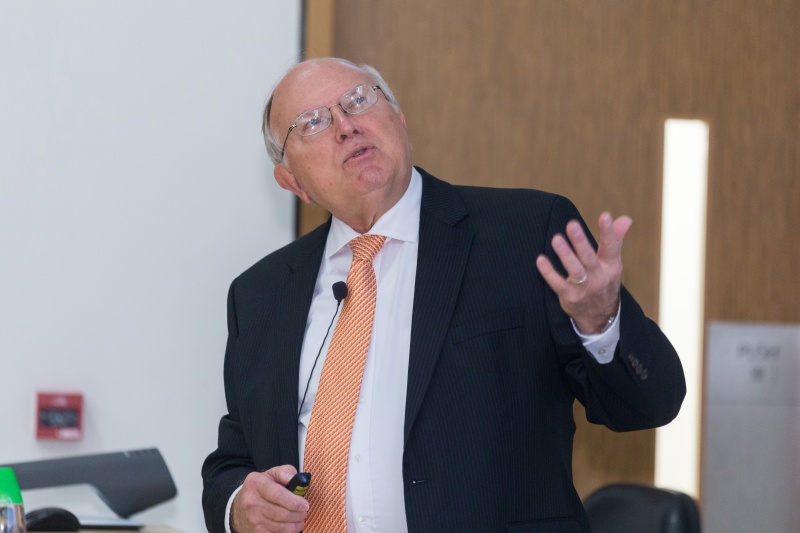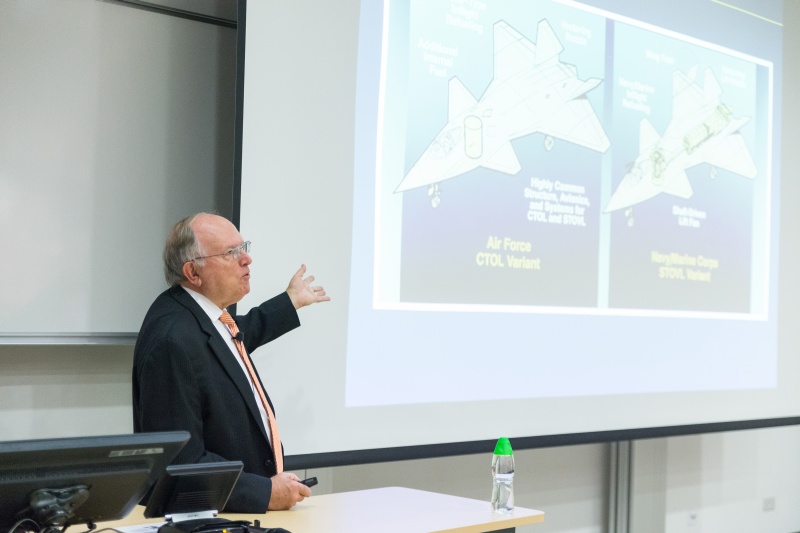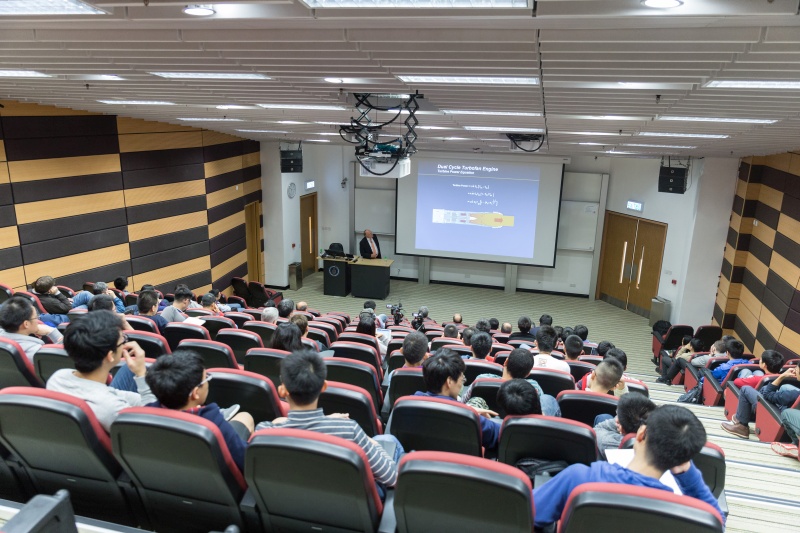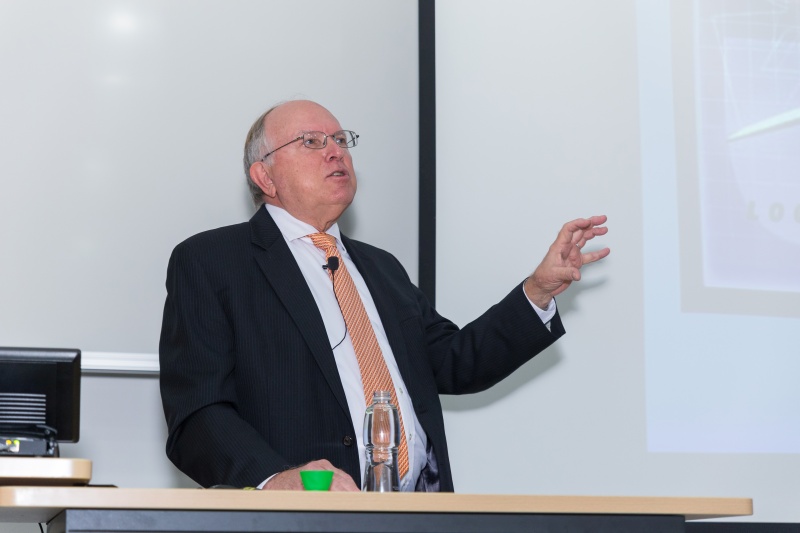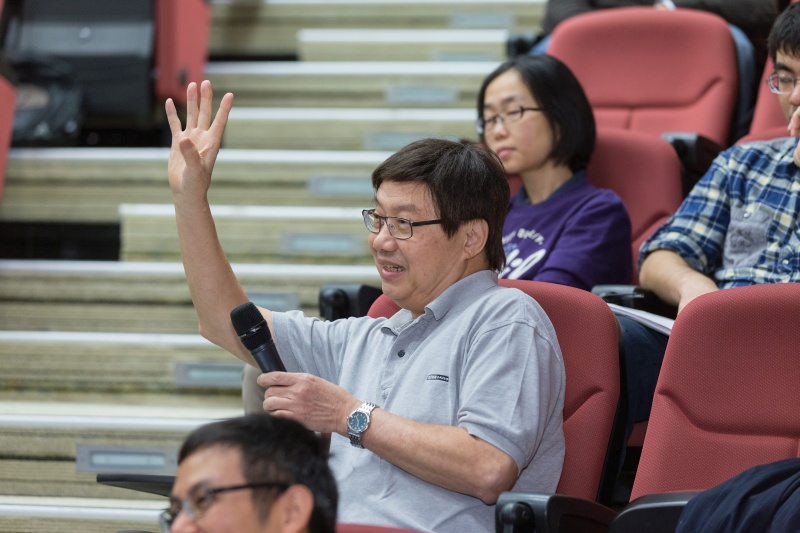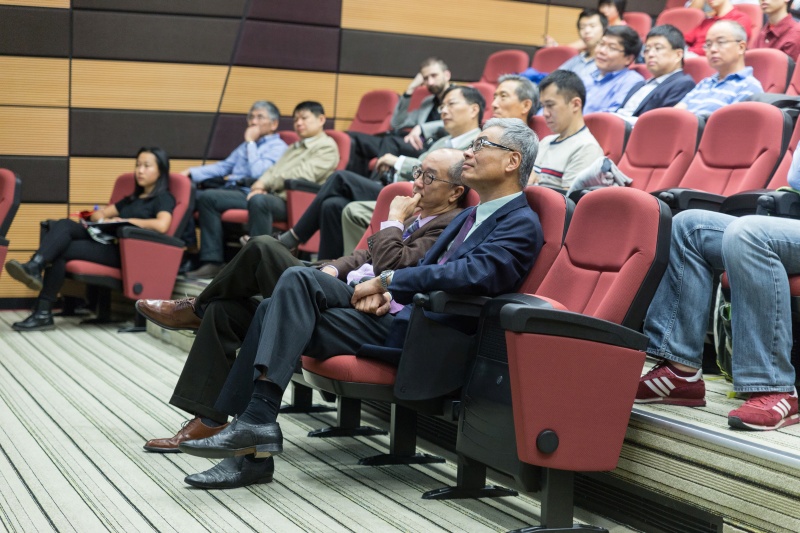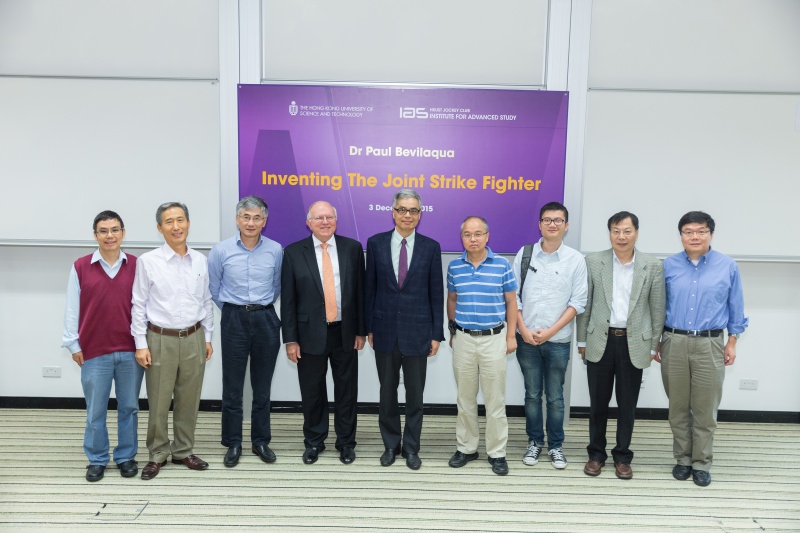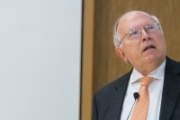Inventing The Joint Strike Fighter
Abstract
The F-35 Joint Strike Fighter was developed to meet the multirole fighter requirements of the US Air Force, Navy, Marine Corps, and our allies. The Air Force variant is a supersonic, single engine stealth fighter. The Navy variant has a larger wing and more robust structure in order to operate from aircraft carriers, while the Marine Corps variant incorporates an innovative propulsion system that can be switched from a turbofan cycle to a turbo shaft cycle for vertical takeoff and landing. This propulsion system enabled the X-35 to become the first aircraft in history to fly at supersonic speeds, hover, and land vertically. The development team won the Collier Trophy, which recognizes “the greatest achievement in aeronautics or astronautics in America” each year, for this accomplishment. In this lecture, the speaker will describe the technical and program challenges involved in developing the Joint Strike Fighter and show how an innovative idea became an international program with engineers from half a dozen countries developing a single replacement aircraft for multiple aircraft types.
About the speaker
Dr. Paul Bevilaqua received his PhD in Aeronautics and Astronautics at Purdue University in 1973. From 1975 to 1985, he was Manager of Advanced Programs at Rockwell International’s Navy Aircraft Plant in Columbus, Ohio. In 1985, Dr Bevilaqua joined Lockheed Martin Skunk Works in Palmdale, California, as Chief Engineer of Advanced Development Projects, where he played a leading role in creating the Joint Strike Fighter.
Dr Bevilaqua invented the dual cycle propulsion system that made it possible to build a stealthy supersonic VSTOL Strike Fighter, and suggested that conventional and Naval variants of this aircraft could be developed to create a common, affordable aircraft for all three services. He subsequently led the engineering team that demonstrated the feasibility of building this aircraft.
Dr Bevilaqua is a member of the US National Academy of Engineering and a Fellow of the American Institute of Aeronautics and Astronautics. He is also the recipient of a USAF Scientific Achievement Award, AIAA and SAE Aircraft Design Awards, AIAA and AHS VSTOL Awards, and Lockheed Martin AeroStar and Nova Awards. He was awarded an Honorary Doctorate by the University of Cranfield and voted Engineer of the Year by the readers of Design News.

